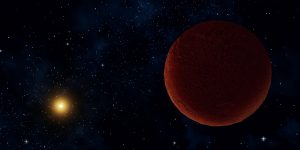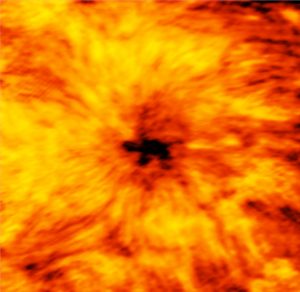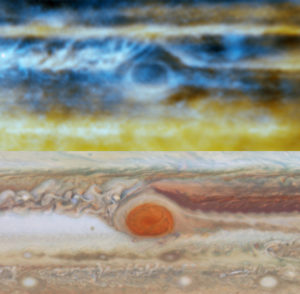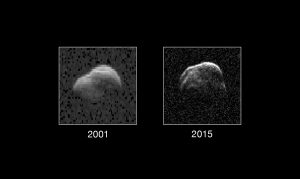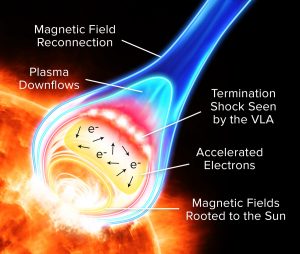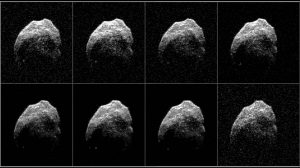Far beyond Pluto is a recently discovered cold, icy body that astronomers call “DeeDee.” New ALMA observations reveal that it has “the right stuff” to be considered a dwarf planet.
Image Release: ALMA Reveals Sun in New Light
ALMA turns its amazing vision to our Sun.
VLA Reveals New Information on Workings of Jupiter’s Atmosphere
Observations with the National Science Foundation’s Very Large Array (VLA) have given scientists an unprecedented look into the atmosphere of Jupiter, revealing that features seen in visible light at the planet’s cloud surfaces have effects tens of kilometers downward.
Asteroid Looks Even Better Second Time Around
Radar imagery of asteroid 1998 WT24 obtained by NASA’s Goldstone Solar System Radar and the GBT.
VLA Yields New Insights on Solar Flares
Astronomers have made a significant step toward confirming a proposed explanation for how solar flares accelerate charged particles to speeds nearly that of light.
Radar Images Provide Details on Halloween Asteroid
GBT radar images reveal new details of asteroid.






